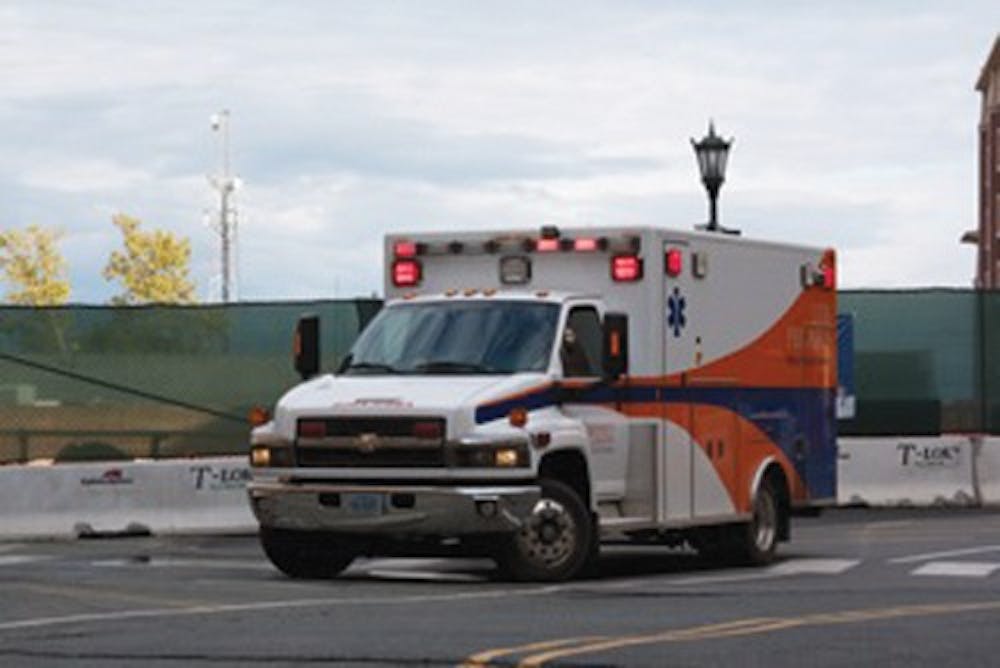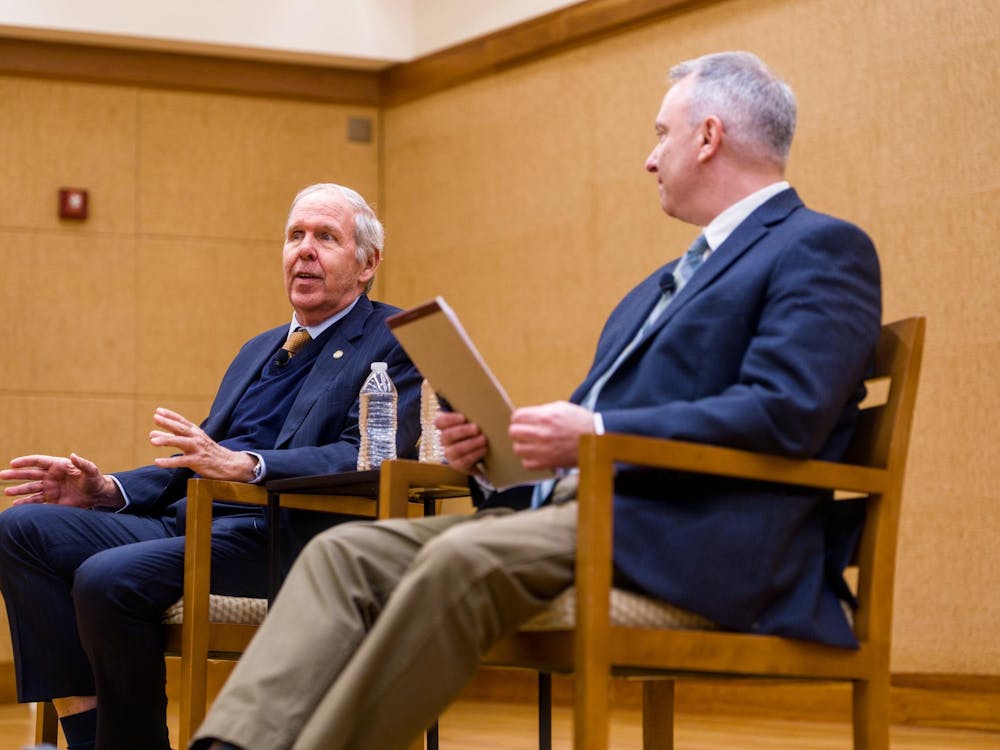In hopes of improving the quality of medical care received by patients with heart conditions, the University Health System has allocated funds to purchase and install software upgrades to the electrocardiogram machines in ambulances throughout the greater Charlottesville area.
The improved software will allow paramedics to transmit ECG results to physicians while en route to the hospital, Medical School Prof. Dr. David Burt said.
The University will spend $20,000 to fund the improvements, Burt said. "They've done a lot to buy any equipment that EMS facilities didn't already have, and they've bought equipment to fill in the gaps." The technology will be implemented in 100 ambulances that serve the hospital.
Burt added that this development will allow paramedics and hospital physicians to diagnose specific types of heart attacks earlier, allowing those at the hospital to begin preparations for the patient sooner.
"If you're out in the community, and you're able to transmit that ECG to the ER, the doctor looks at it, and even though you're 45 minutes away, the physicians can make a decision," Burt said.
By better preparing for the patient's arrival, hospitals can reduce the amount of time between recognition and treatment, improving the patient's outcome, Medical School Prof. Dr. William Brady said.
"Patients' outcomes depend on the length of time of the heart attack," Brady said. "Anything we can do to shorten the time of heart attack can improve the patient's outcome, in terms of living or dying, and quality of life after the heart attack."
Brady added that the changes are not new to the Charlottesville area.
"If you look strictly in the area very close around the City and the county, most ambulances already have this capability," Brady said. "We're mainly adding this capability in [ambulances in] counties that ring the area."
Burt emphasized that expanding the technology to more ambulances is essential in advancing medical care.
"Even five, eight or 10 minutes can sometimes make a big difference," he said.







